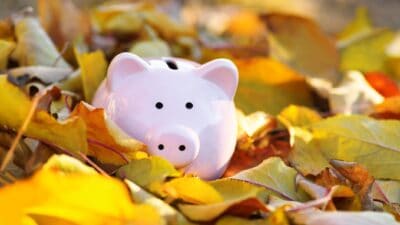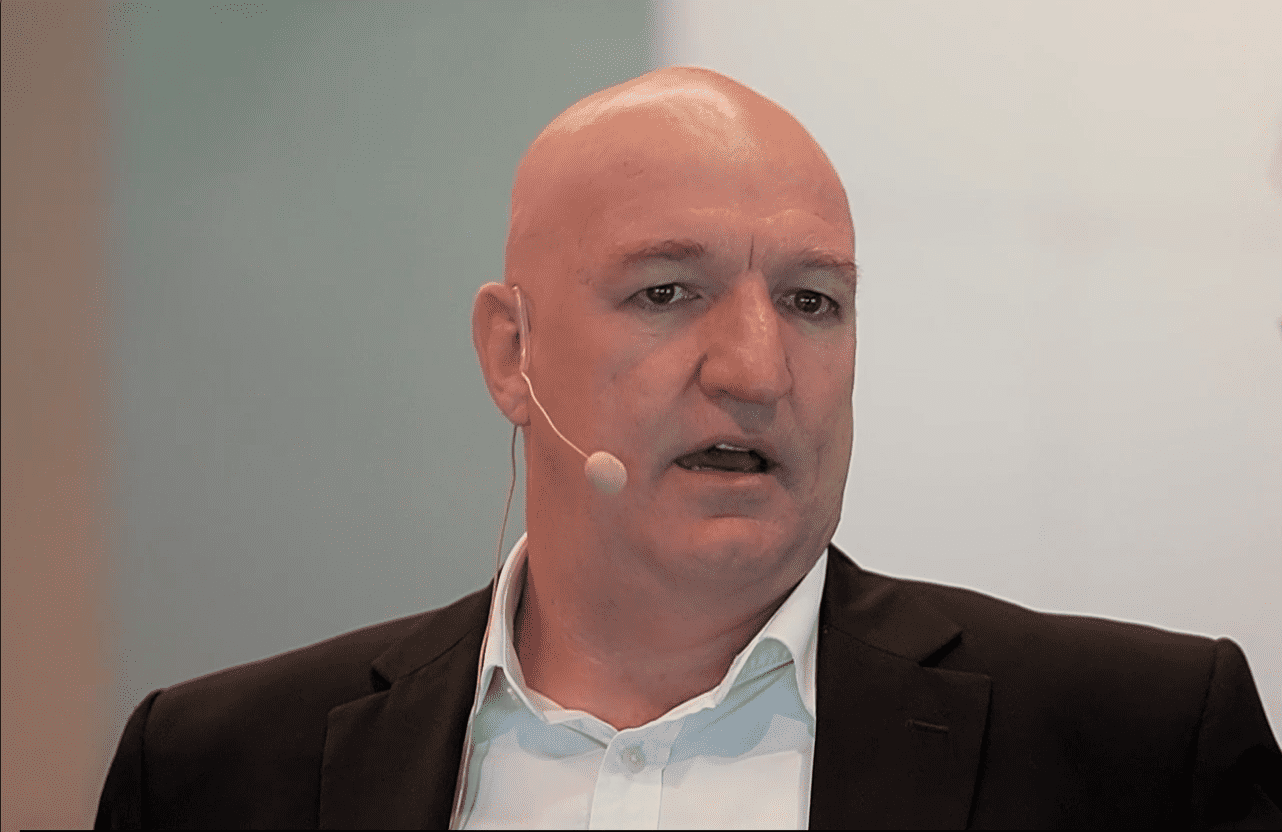Just who are the owners of Australia and New Zealand Banking Group Ltd (ASX: ANZ) shares.
Obviously, being a public company, it is owned by the 'public' via the shareholders on its register. This we know. However, just who among that group are the specific owners, and where do they come from?
We've done some digging from available sources and come up with the answers. Let's take a look.
Who owns ANZ shares?
Let's break this down by separating as much of the information into various categories as possible to get a clear picture of the ownership summary.
First, the institutions. According to Bloomberg data, as of 3 April 2022, institutional investors own 20.05% of ANZ's shares and 19.79% of its float.
That's made up of 521 institutions, which, curiously, has 167 sellers on its list. Some of these include The Vanguard Group Inc, which owns 4.98% of ANZ's shares, Norges Bank Investment Management with a 1.8% stake, and Colonial First State Superannuation Corporation which has a 0.67% stake.
Most of these entities also have substantial and diversified holdings in most if not all of the other banking majors as well.
The remaining float, or roughly 80.2% of shares, is owned by the general public, otherwise known as retail investors.
So on that basis, ANZ is majority-owned by 'the public', as it were. There isn't much insider activity – 'insiders' such as executives and the like only hold 0.03% of the company's float.
Geographically, most of the ownership is concentrated in the US, Bloomberg data shows, with 42.37% of owners living there, distantly followed by Australia at 24.87%.
Investors from Ireland, Japan, the UK, and Luxembourg each collectively have 4.6%, 4.4%, 4.3%, and 3.1% ownership stakes, respectively.
What about the type of owner?
Hedge funds? Pensions Funds? Individual investor? Turns out the major category of owner is investment advisor, with 84.2% of shares owned by some entity or individual with the title.
Following this are sovereign wealth funds with a 12.7% stake, while other banks have 1.15% ownership of ANZ. And yes, pension funds own 0.17%.
Here's some other fun yet curious information. Out of all the funds that own ANZ shares, most are a part of a multi-strategy product – almost 11%.
ANZ is also 1.87% owned by value-oriented funds and 1.5% by growth-type funds. In a similar paradox, while most of the geographic ownership is in the US, most of the fund ownership is centred here in Australia.
There's the ownership breakdown of ANZ and who owns what of its equity. Keep in mind that, while shareholders are considered the equity holders or true owners of a company, ANZ also has an entire debt summary as to who owns its issued bonds.
That's important because bondholders and creditors are considered primary claimants of the company, meaning that in the event of insolvency or liquidation, they have first dibs on the company's assets – shareholders get paid last.
With respect to ANZ's issued debt, BlackRock Inc. is the major holder, followed by Vanguard Group, with UBS and Credit Suisse following closely behind.
The ANZ share price is edging higher today, up 0.51% to $27.48 at the time of writing, However, it is down more than 4% for the last 12 months and finds itself in the red this year to date as well.










